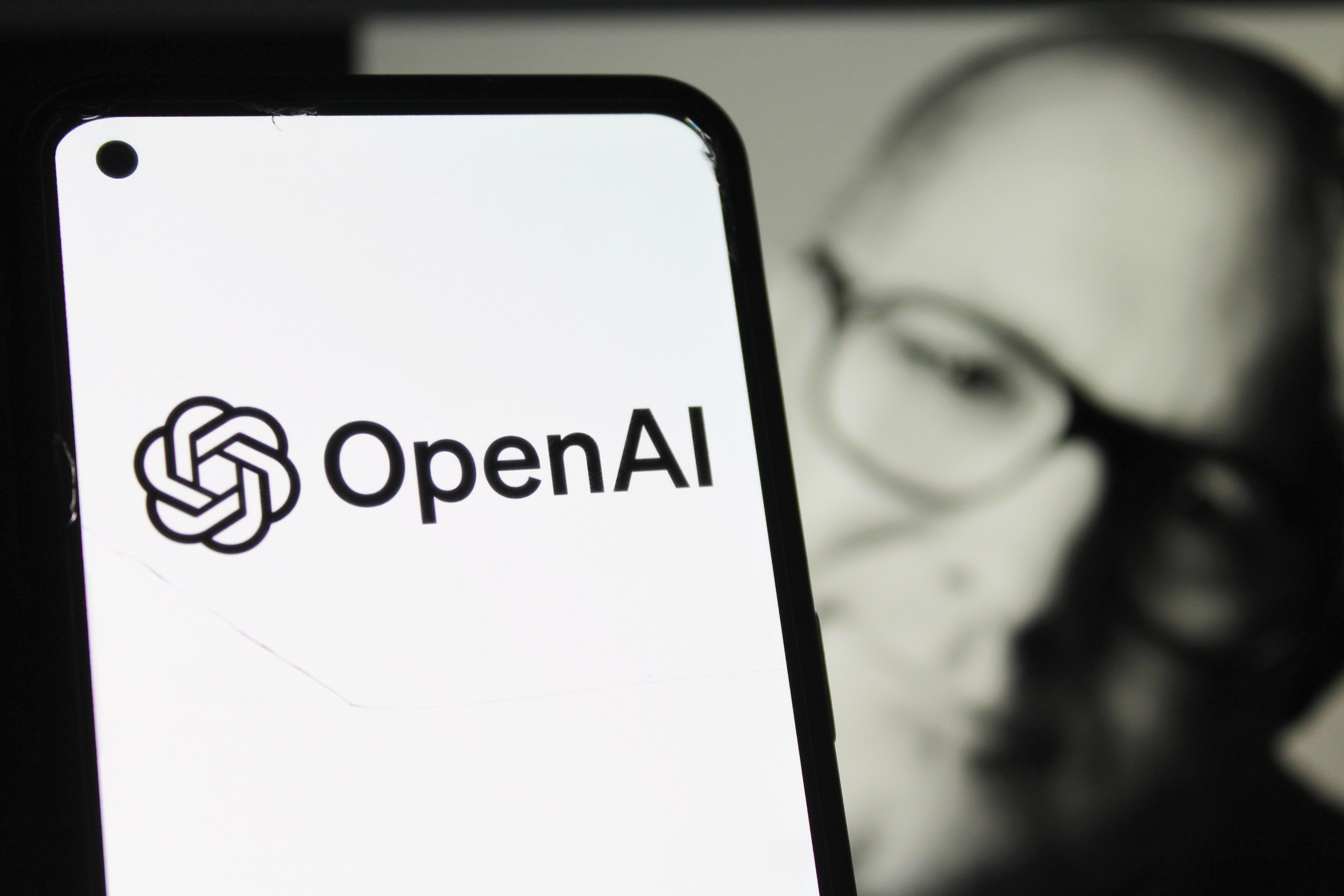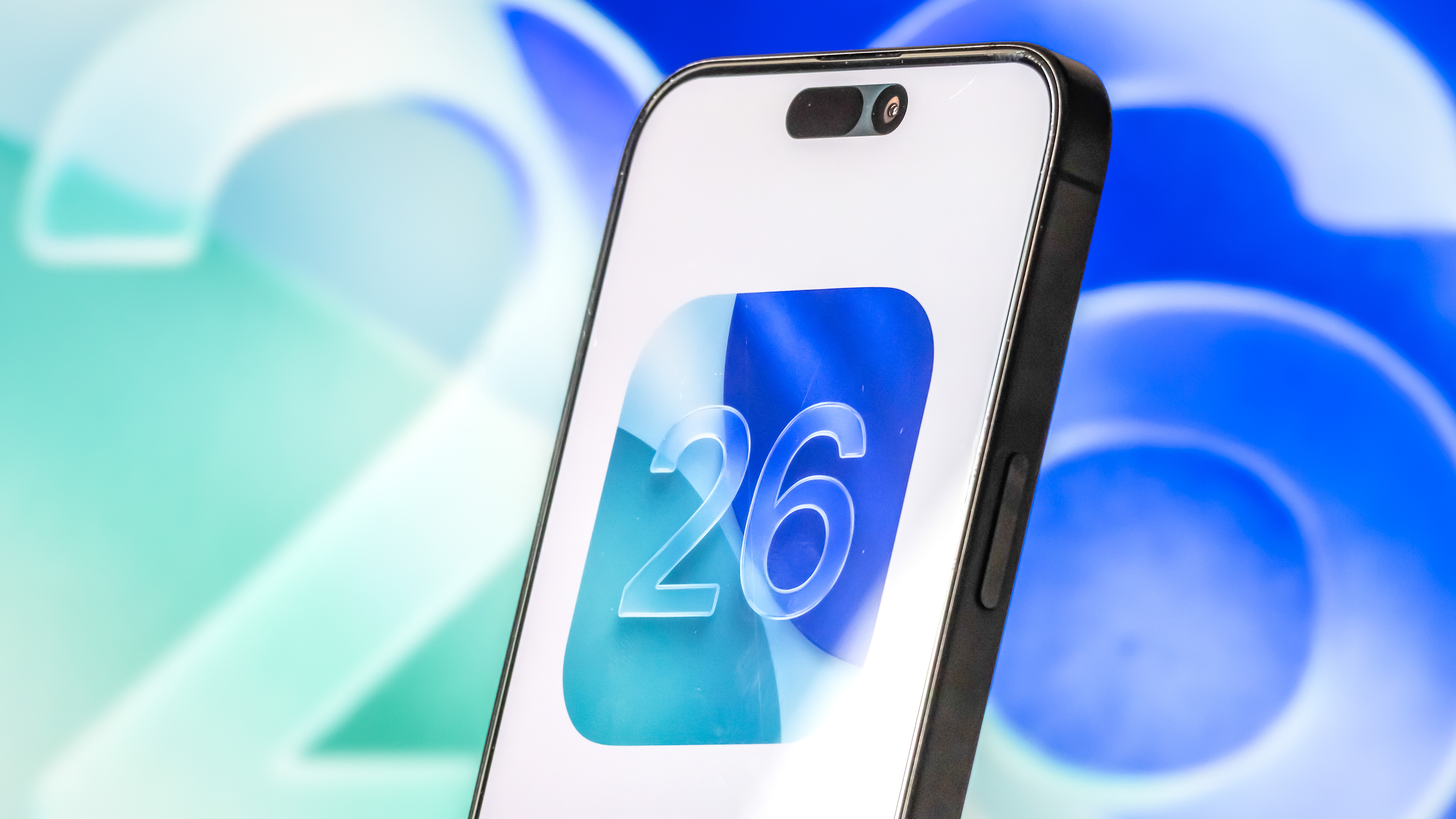OpenAI’s new device could replace your phone — here’s what we know so far

We’ve seen what ChatGPT can do on a screen. But what happens when AI steps off the screen entirely?
That’s the question swirling around OpenAI’s rumored upcoming device; a physical AI assistant designed in collaboration with legendary Apple designer Jony Ive and his hardware startup.
While details are still under wraps, early rumors suggest this could be the beginning of an entirely new product category, and potentially a direct challenge to the role of smartphones in our lives.
[Update June 23, 2025]
Just weeks after reports surfaced that OpenAI was working on a wearable AI device designed by Apple’s Jony Ive, it now looks like the project may be facing delays.
According to a new report from TechCrunch, OpenAI has pulled promotional materials related to the device; raising questions about the timeline and future of this highly anticipated product.
A screenless, wearable AI sidekick
The first thing to know is that this device might not look anything like what you’re used to. According to leaked reports, OpenAI’s hardware concept is expected to be pocket-sized, screenless, and contextually aware, with microphones and cameras that let it “see” and “hear” your environment.
Think of it as ChatGPT that follows you around, minus the screen fatigue.
One version of the device is said to resemble an iPod Shuffle (remember that?) worn around your neck, with subtle touch or voice-based controls that could let you interact with OpenAI’s models in real time. Whether you’re walking down the street, cooking in your kitchen, or out running errands, the goal seems to be a more seamless, natural way to integrate AI into everyday life, but without needing to tap or type.

AI as the new interface
If OpenAI CEO Sam Altman has his way, this device could eventually replace your smartphone entirely. While that may sound bold, it’s part of a growing industry shift toward ambient computing, where AI assistants blend into the background and proactively help you, rather than waiting for you to open an app.
And OpenAI isn’t the only one betting on this future. Humane’s AI Pin, Rabbit’s R1, and Meta’s Ray-Ban smart glasses have all staked claims on the idea that AI will soon become a wearable, conversational companion and go beyond smartphone apps.
Get instant access to breaking news, the hottest reviews, great deals and helpful tips.
But OpenAI’s advantage is clear: it’s building on top of ChatGPT’s massive capabilities, which already include vision, voice, memory and real-time reasoning. Combine that with Ive’s design legacy (he helped shape the iPhone, iMac, and Apple Watch), and you’ve got a dream team capable of defining the next major tech category.
When is it coming?
We’re still a couple years away. According to analyst Ming-Chi Kuo, the first OpenAI device is expected to debut in late 2026 or early 2027, with mass production possibly starting soon after.
My industry research indicates the following regarding the new AI hardware device from Jony Ive's collaboration with OpenAI:1. Mass production is expected to start in 2027.2. Assembly and shipping will occur outside China to reduce geopolitical risks, with Vietnam currently the… pic.twitter.com/5IELYEjNyVMay 22, 2025
The details remain to be seen — but one thing is certain: OpenAI is going beyond making ChatGPT as an occasional tool, into something that feels human, wearable and ever-present.
While TechCrunch reports that promotional content tied to OpenAI’s partnership with Ive’s design firm LoveFrom has been quietly removed from internal materials and marketing channels.
This shift doesn’t necessarily mean the project is canceled, it does suggest that OpenAI is hitting the brakes — at least for now — on public rollout plans.
More from Tom's Guide
- 5 AI prompts that make you more human — and harder to replace at work
- ChatGPT Voice just got a huge upgrade — here's everything it can do now
- Everyone’s talking about 'Liquid Glass' — but these 5 WWDC 2025 AI features impressed me most

Amanda Caswell is an award-winning journalist, bestselling YA author, and one of today’s leading voices in AI and technology. A celebrated contributor to various news outlets, her sharp insights and relatable storytelling have earned her a loyal readership. Amanda’s work has been recognized with prestigious honors, including outstanding contribution to media.
Known for her ability to bring clarity to even the most complex topics, Amanda seamlessly blends innovation and creativity, inspiring readers to embrace the power of AI and emerging technologies. As a certified prompt engineer, she continues to push the boundaries of how humans and AI can work together.
Beyond her journalism career, Amanda is a long-distance runner and mom of three. She lives in New Jersey.
You must confirm your public display name before commenting
Please logout and then login again, you will then be prompted to enter your display name.










